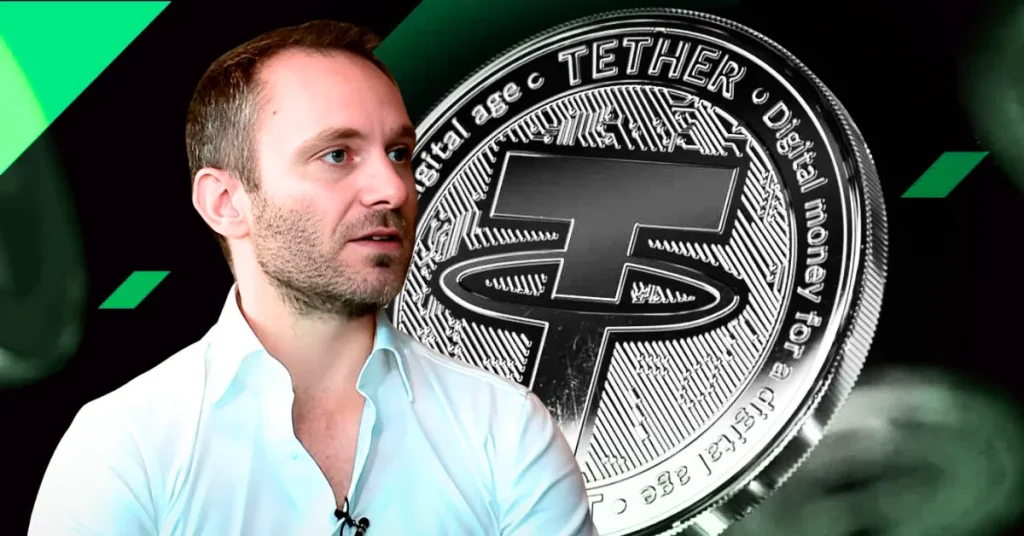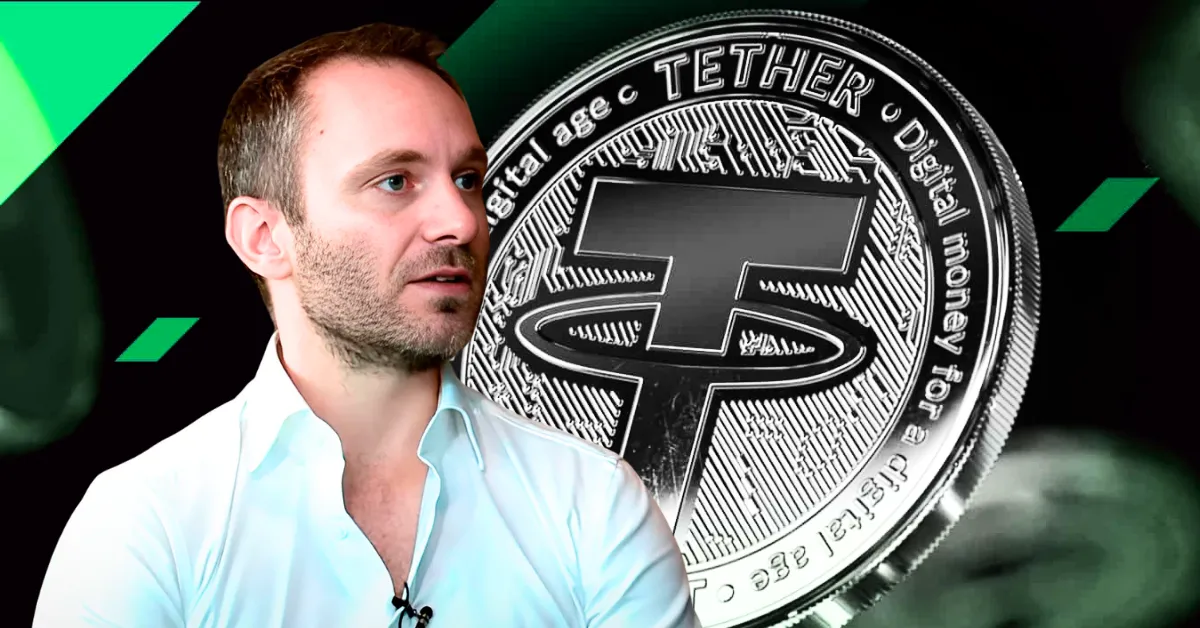
Tether’s Ambitious U.S. Expansion: Navigating Regulation and Redefining Stablecoin Dominance
Introduction
The cryptocurrency landscape is witnessing a significant shift as Tether, the issuer of USDT—the world’s largest stablecoin—ventures into the U.S. market with ambitious plans. This strategic move comes at a time when the regulatory environment is evolving, and the pro-crypto stance of President Trump is shaping the future of digital assets. Tether’s expansion is not just about market penetration; it’s about redefining its role in the stablecoin ecosystem, navigating complex regulations, and addressing long-standing concerns about transparency and compliance.
Re-entering the U.S. Market: A Strategic Shift
Tether’s decision to re-enter the U.S. market is a calculated move influenced by several key factors. The passage of the GENIUS Act, a landmark piece of legislation, provides a regulatory framework for stablecoins in the U.S. This act sets federal rules for stablecoins, including requirements for full reserves and yearly audits. It also allows foreign issuers like Tether to operate legally in the U.S., provided they adhere to similar standards as domestic issuers.
CEO Paolo Ardoino has been actively engaging with U.S. policymakers and industry stakeholders, signaling Tether’s commitment to compliance and collaboration. This “charm offensive” aims to build trust and demonstrate the company’s willingness to operate within the new regulatory framework. By targeting large institutions such as banks, hedge funds, and trading firms, Tether aims to establish USDT as a reliable and efficient tool for payments, interbank settlements, and trading. Institutional adoption could significantly enhance USDT’s credibility and utility, solidifying its position as the leading stablecoin.
The GENIUS Act: A Double-Edged Sword
The GENIUS Act, while paving the way for Tether’s U.S. expansion, also presents potential challenges. The act mandates stringent requirements for stablecoin issuers, including maintaining full reserves, undergoing regular audits, and complying with anti-money laundering (AML) and know-your-customer (KYC) regulations.
For Tether, which has faced criticism and skepticism regarding the composition and transparency of its reserves, meeting these requirements could prove demanding. The company has historically been reluctant to disclose detailed information about its holdings, raising concerns about its ability to back USDT 1:1 with traditional assets.
Furthermore, the GENIUS Act could create a competitive disadvantage for Tether if it imposes stricter regulations on foreign stablecoin issuers compared to their U.S.-based counterparts. The legislation stipulates that foreign regimes must have similar regulatory standards to the U.S. for their stablecoins to be offered to U.S. users. This could lead to a complex regulatory landscape, potentially restricting Tether’s access to the U.S. market or requiring significant operational adjustments.
Potential Launch of a U.S.-Specific Stablecoin
In addition to aligning USDT with the GENIUS Act to operate under the foreign issuer path, Tether is reportedly considering launching a U.S.-specific stablecoin. This would be a significant strategic move, directly challenging the dominance of Circle’s USDC in the U.S. market. A U.S.-specific stablecoin could offer several advantages for Tether. It would allow the company to tailor its operations and compliance efforts to the specific requirements of the U.S. regulatory environment. It could also enhance trust and confidence among U.S. users, who may prefer a stablecoin issued and regulated within the U.S. jurisdiction.
However, launching a new stablecoin is a complex undertaking that requires significant resources and regulatory approvals. Tether would need to demonstrate its ability to maintain full reserves, comply with AML and KYC regulations, and ensure the stability and security of the new stablecoin.
Regulatory Scrutiny and Transparency Concerns
Despite the passage of the GENIUS Act and Tether’s efforts to engage with regulators, the company continues to face scrutiny from U.S. authorities. Concerns persist regarding the transparency of Tether’s reserves, its compliance with AML and KYC regulations, and its potential role in illicit finance.
U.S. agencies are reportedly investigating USDT’s links to national security threats, further highlighting the heightened scrutiny surrounding the stablecoin. Tether has vehemently denied these allegations, emphasizing its commitment to combating illicit activity and cooperating with law enforcement agencies.
To address these concerns, Tether has taken steps to enhance its transparency and compliance efforts. The company publishes quarterly attestation reports that provide information about its reserves, although these reports have been criticized for their lack of detail and independent verification.
Tether’s Financial Performance and Diversification Efforts
Despite regulatory challenges and transparency concerns, Tether has continued to thrive financially. The company’s USDT stablecoin has maintained its dominance in the market, reaching an unprecedented supply of $156.1 billion. Tether has also reported substantial profits from its reserves, exceeding those of some Wall Street giants.
In addition to its core stablecoin business, Tether has been actively diversifying its operations through its independent investment arm, Tether Investments. The company has made strategic investments in various sectors, including gold, bitcoin, and South American agriculture. These investments aim to generate additional revenue streams and reduce Tether’s reliance on USDT. The acquisition of a stake in a gold royalties firm and a South American farming company demonstrates Tether’s ambition to expand its reach into traditional asset classes and global commodities markets.
Conclusion: A Pivotal Moment for Tether
Tether’s U.S. expansion represents a pivotal moment for the company and the stablecoin industry. The GENIUS Act has opened the door for Tether to operate legally in the U.S., but it also imposes stringent regulatory requirements. Tether’s success in the U.S. market will depend on its ability to navigate these regulatory challenges, enhance its transparency, and build trust with regulators, institutions, and users. As Tether ventures deeper into the U.S., it faces a stark choice: embrace full transparency and rigorous compliance or risk continued scrutiny and potential regulatory repercussions. The path it chooses will not only determine its own fate but also shape the future of stablecoins in the United States.





